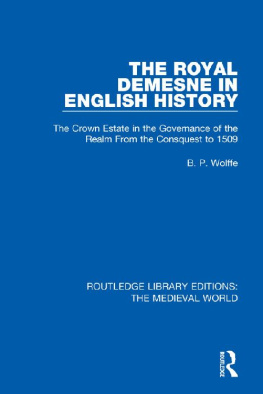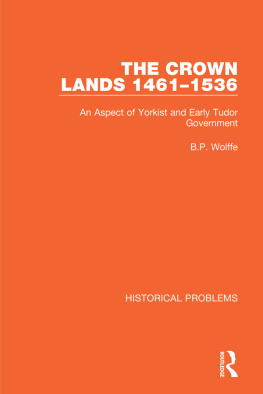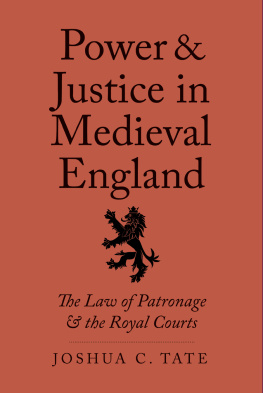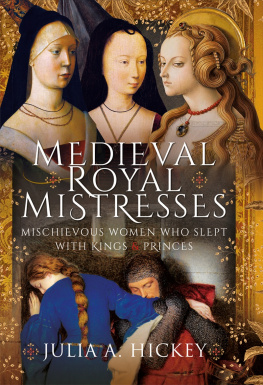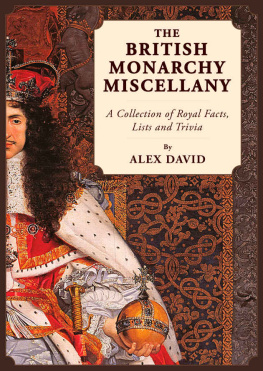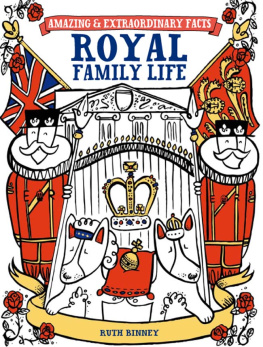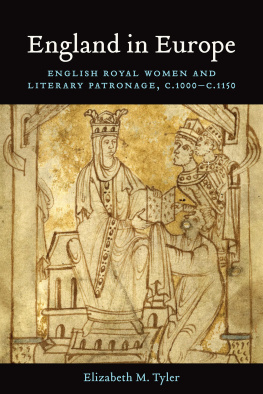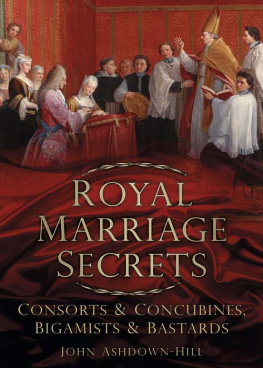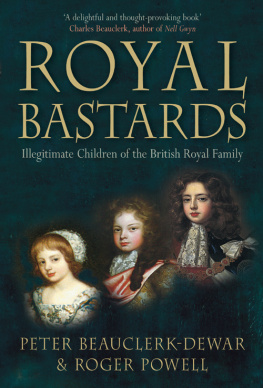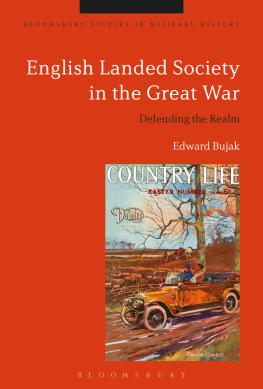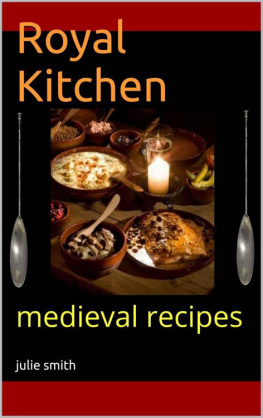ROUTLEDGE LIBRARY EDITIONS: THE MEDIEVAL WORLD
Volume 55
THE ROYAL DEMESNE IN ENGLISH HISTORY
THE ROYAL DEMESNE IN ENGLISH HISTORY
The Crown Estate in the Governance of the Realm From the Conquest to 1509
B. P. WOLFFE

First published in 1971 by George Allen & Unwin Ltd
This edition first published in 2020
by Routledge
2 Park Square, Milton Park, Abingdon, Oxon OX14 4RN
and by Routledge
52 Vanderbilt Avenue, New York, NY 10017
Routledge is an imprint of the Taylor & Francis Group, an informa business
1971 George Allen & Unwin Ltd
All rights reserved. No part of this book may be reprinted or reproduced or utilised in any form or by any electronic, mechanical, or other means, now known or hereafter invented, including photocopying and recording, or in any information storage or retrieval system, without permission in writing from the publishers.
Trademark notice: Product or corporate names may be trademarks or registered trademarks, and are used only for identification and explanation without intent to infringe.
British Library Cataloguing in Publication Data
A catalogue record for this book is available from the British Library
ISBN: 978-0-367-22090-7 (Set)
ISBN: 978-0-429-27322-3 (Set) (ebk)
ISBN: 978-0-367-20849-3 (Volume 55) (hbk)
ISBN: 978-0-429-26377-4 (Volume 55) (ebk)
Publishers Note
The publisher has gone to great lengths to ensure the quality of this reprint but points out that some imperfections in the original copies may be apparent.
Disclaimer
The publisher has made every effort to trace copyright holders and would welcome correspondence from those they have been unable to trace.
THE ROYAL DEMESNE IN ENGLISH HISTORY
the crown estate in the governance of the realm from the conquest to 1509
B.P. WOLFFE
Senior Lecturer in History University of Exeter

First published in 1971
This book is copyright under the Berne Convention. All rights are reserved. Apart from any fair dealing for the purpose of private study, research, criticism or review, as permitted under the Copyright Act, 1956, no part of this publication may be reproduced, stored in a retrieval system, or transmitted, in any form or by any means, electronic, electrical, chemical, mechanical, optical, photocopying, recording or otherwise, without the prior permission of the copyright owner. Enquiries should be addressed to the publishers.
George Allen & Unwin Ltd, 1971
ISBN 0 04 942087 9
Printed in Great Britain
in 11 on 12 point Plantin type
by Alden & Mowbray Ltd
at the Alden Press, Oxford
To the Memory of
K. B. McFarlane
Every student of English history knows that medieval kings were expected to live of their own. The history of the landed estate of the English Crown cannot be told without reference to that fundamental theory of the English constitution: the revenues of the English Crown are divided into ordinary and extraordinary, and were so divided time out of mind; extraordinary revenues are deemed to be derived from the proceeds of taxation, and our medieval kings were expected to live of their own from their ordinary revenues, the substance of which was derived from their royal demesne, crown estate, or crown lands. When I began my researches into the role of the crown lands in the government of late-medieval England it was generally accepted that this was indeed an ideal of the English middle ages which was already as ancient as it was impossible of achievement by the time of our later Plantagenet kings. But two awkward facts from the late-medieval period ultimately led me to question the whole of the accepted history of the English royal demesne, at least from the cataclysmic conquest of 1066. The division of the royal revenues into ordinary and extraordinary in the accepted sense was still unknown in England at the end of the fifteenth century. The notion of the king living of his own, when it did ultimately arise in the fourteenth century, was not in fact a protest against the kings misuse of his landed estate, as generations of historians have led us to believe, but the late-medieval Englishmans defence against the kings abuse of his rights of purveyance as a means of supplying the royal Household.
The long first chapter of this book is therefore perforce devoted to an exploratory re-examination of the role of the English royal demesne in the Norman and Angevin period, assisted by a brief look at the very different contemporary role of the Capetian royal domaine in the history of medieval France as portrayed by recent French historians. As Sir John Fortescue appreciated in the mid-fifteenth century, the differences between medieval French and English history can be more instructive than those apparent similarities which have generally been stressed by historians both from the French and English side. The fuller history of the English royal landed estate from Edward I to Henry VII on which this study concentrates can hardly be made credible without some such reconsideration of accepted theories about the earlier medieval period, even if this only succeeds in posing certain new questions to which specialists in the detailed history of this earlier period can provide more fully satisfactory answers.
The primary significance of the role of the English king as landowner from the mid-thirteenth century to 1399 lay in his position as the head of a numerous royal family: as its provider of English and Welsh estates consequent on the loss of the larger, continental Angevin empire. His secondary role as the dispenser of landed patronage outside the circle of the royal family was also a most important factor contributing either to political stability or political unrest according to how he disposed of these resources. But it was only between 1399 and 1461, after the vast private estate of the Lancastrian House had been brought to the support of the Crown, that the use and disposition of crown lands at last became a permanent, central issue of English politics. It was the subsequent period from 1461 to 1509 which first saw general acceptance of the idea that an endowed and inalienable royal landed estate ought to form the basis of monarchical stability and national financial solvency.
I am very conscious of the dangers inherent in attempting such a wide-ranging survey of one aspect of English history. Nevertheless it has proved a most fruitful approach for shedding new light on the politics and finances of late-medieval English governments. But the principal justification must be the emergence of certain generalizations about the whole of medieval English political life. Medieval England from 1066 was probably the most regularly and most heavily taxed country in Christendom and the English royal income was always essentially derived from taxation during the medieval period, in spite of the contrary, later theories of seventeenth-century politicians and modern constitutional historians. A continuous history of an English medieval royal demesne, in so far as it had any continuous existence, can only be presented, not in the context of royal finance, but of royal patronage. There appears to be no evidence to support the generally accepted view that restraint of the kings powers to alienate his lands was a general principle of medieval opposition to royal financial extravagance, while the undoubted significance of the crown estate in the national finances between 1461 and 1509 appears to have been unique and temporary. With Wolsey and Henry VIII the traditional medieval methods of dependence on taxation were quickly reasserted. Seventeenth- and eighteenth-century politicians and lawyers, followed by nineteenth-century constitutional historians, appear to have created a powerful and tenacious myth around the functions of the royal demesne in English medieval government which bears little relation to the more elusive truth which this book attempts to elucidate.
Next page
